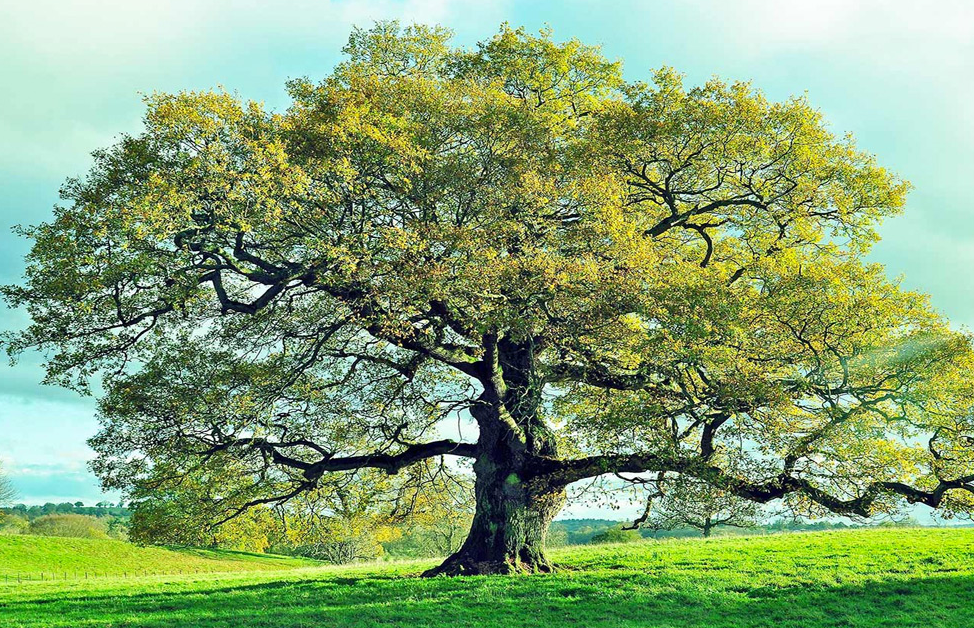Let’s talk about Brunei National Tree. Brunei, a small Southeast Asian country nestled on the island of Borneo, takes pride in its natural heritage. As with many nations, Brunei has designated a national tree that represents its unique identity and ecological wealth. The national tree of Brunei is the Simpor flower tree, scientifically known as Dillenia suffruticosa. This article delves into the captivating realm of the Simpor flower tree, exploring its historical, cultural, and ecological significance, while also shedding light on its medicinal properties, landscape value, and conservation efforts. Join us on this journey to discover the beauty and importance of Brunei’s national tree.
The Simpor Flower Tree
The Simpor flower tree is a magnificent species that adorns Brunei’s landscape with its striking beauty. Growing up to 12 meters tall, the Simpor flower tree showcases large, glossy leaves and fascinating yellow flowers. The flowers, measuring around 20 centimeters in diameter, bloom with a remarkable fragrance, captivating both locals and visitors alike.
Historical and Cultural Significance of Brunei National Tree
For centuries, the Simpor flower tree has played a vital role in Brunei’s cultural tapestry. It features prominently in traditional ceremonies, festivals, and folklore, symbolizing purity, strength, and resilience. The tree’s distinct presence in Bruneian culture highlights its enduring significance throughout history.
Ecological Importance
Beyond its cultural importance, the Simpor flower tree holds immense ecological value. It provides a habitat for various wildlife species, supports pollinators, and contributes to the overall balance of Brunei’s ecosystem. The tree’s fruits serve as a food source for numerous animals, aiding in the dispersal of its seeds and facilitating the tree’s natural regeneration.
Conservation Efforts for Brunei National Tree
Recognizing the need to preserve this invaluable species, Brunei has implemented robust conservation measures. The government, organizations, and local communities actively engage in tree planting initiatives, ensuring the Simpor flower tree’s survival for future generations. Efforts are also underway to raise awareness about the tree’s conservation and promote sustainable practices.
Medicinal and Therapeutic Uses
The Simpor flower and other parts of the tree possess medicinal properties that have been utilized for centuries. Traditional remedies harness the healing potential of the tree, with modern research shedding light on its potential health benefits. The leaves, bark, and flowers are known to have antioxidant, anti-inflammatory, and antimicrobial properties, making them valuable in traditional medicine practices.
Landscape and Ornamental Value
Due to its exquisite beauty, the Simpor flower tree is highly sought after for ornamental gardening and landscaping purposes. Its vibrant flowers and glossy foliage add splendor to parks, gardens, and public spaces. The tree’s presence in these settings elevates the aesthetics and provides a serene ambiance for all to enjoy.
Economic Significance of Brunei National Tree
Aside from its cultural and ecological importance, the Simpor flower tree holds economic value. It has the potential to contribute to eco-tourism, attracting visitors who are eager to witness its enchanting blooms. Furthermore, the tree can serve as a sustainable resource for local industries, promoting the use of its wood and other derived products while preserving cultural heritage.
FAQs
FAQ 1: Can the Simpor flower tree be grown outside Brunei’s climate?
Yes, with appropriate care and suitable climatic conditions, the Simpor flower tree can be grown in regions with a similar tropical climate. However, it is essential to consider its specific environmental requirements to ensure successful cultivation.
FAQ 2: Is the Simpor flower tree endangered?
Currently, the Simpor flower tree is not considered endangered. However, continuous conservation efforts are crucial to safeguard its population and maintain its ecological balance.
FAQ 3: How long does it take for a Simpor flower tree to bloom?
The time it takes for a Simpor flower tree to bloom can vary. Generally, it may take around three to four years for the tree to mature and produce its first set of flowers.
FAQ 4: Are there any traditional myths or legends associated with the Simpor flower tree?
Yes, the Simpor flower tree holds a significant place in Bruneian folklore. Legends often depict the tree as a symbol of love, purity, and protection, adding a touch of enchantment to its cultural significance.
FAQ 5: Can the Simpor flower be used in culinary applications?
While the Simpor flower itself is not commonly used in culinary applications, certain parts of the tree, such as the leaves, are known to be used in traditional cooking for their unique flavor and aroma.
Conclusion
In conclusion, the Simpor flower tree stands as Brunei’s national tree, symbolizing the nation’s heritage, cultural richness, and environmental commitment. Its stunning appearance, historical significance, ecological importance, and potential medicinal uses make it a cherished species. As we appreciate the beauty of the Simpor flower tree, let us join hands in conserving and celebrating this national treasure for generations to come.
References
- “Flora of Brunei: Dillenia suffruticosa” – Brunei Darussalam Biodiversity Centre
Website: https://biodiversity.gov.bn/flora-dillenia-suffruticosa/
- “National Tree of Brunei” – Brunei Tourism
Website: https://www.bruneitourism.com/brunei-experience/national-symbols/national-tree-of-brunei/
- “The Simpor Flower Tree: Brunei’s National Tree” – Ecosystem Solutions
Website: https://www.ecosystemsolutions.com.sg/the-simpor-flower-tree-bruneis-national-tree/

